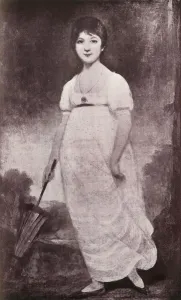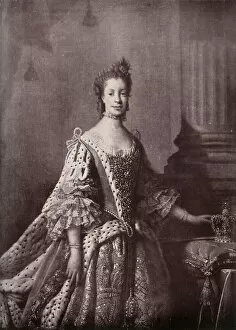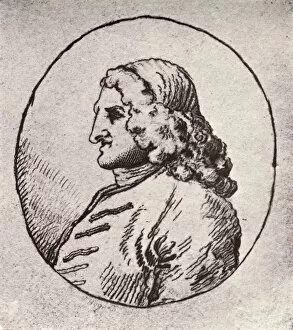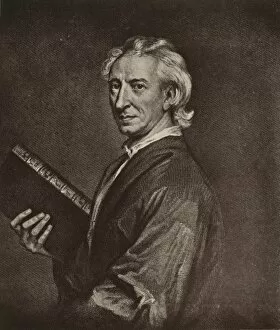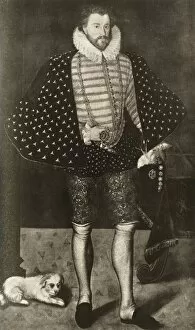Charles Robert Leslie Fletcher Collection
Charles Robert Leslie Fletcher was a prolific artist who captured the essence of various historical figures and moments in his captivating paintings
All Professionally Made to Order for Quick Shipping
Charles Robert Leslie Fletcher was a prolific artist who captured the essence of various historical figures and moments in his captivating paintings. Inspired by the works of Jane Austen, he skillfully depicted scenes from her novels, transporting viewers back to c1789. His attention to detail and ability to evoke emotion made him a master storyteller on canvas. Fletcher's talent extended beyond literature as he also portrayed influential political figures like Sir Robert Peel, Bart. , in 1838. With each stroke of his brush, he brought these individuals to life, allowing us a glimpse into their world during the tumultuous times of 1919. Intriguingly, Fletcher delved into royal history with his portrayal of Charlotte Sophia of Mecklenburg-Strelitz, Queen Consort of George III during 1761-1762. Through his artistry, we can almost feel her grace and elegance radiating from the canvas. Not limited to British subjects alone, Fletcher explored other notable personalities such as John Wilkes in c1769. He expertly captured Wilkes' charisma and determination through meticulous attention to facial expressions and body language. Fletcher's artistic repertoire expanded even further as he ventured into capturing the essence of renowned literary figures like Horace Walpole and Henry Fielding in 1919. These portraits serve as timeless tributes to their contributions to literature that continue to inspire generations today. Drawing inspiration from earlier artists such as Thomas Bragg and Renold Elstrack, Fletcher paid homage through his own interpretations of John Evelyn (c1687) and Robert Cecil (early 17th century). His ability to emulate different styles while adding his unique touch showcases both versatility and admiration for those who came before him. Additionally, Fletcher immortalized lesser-known yet equally fascinating personalities like John Hooper (1909), Sir Christopher Hatton (1909), Bishop Fisher (Hans Holbein the Younger), Humphry Duke of Gloucester (Jacques Leboucq).

